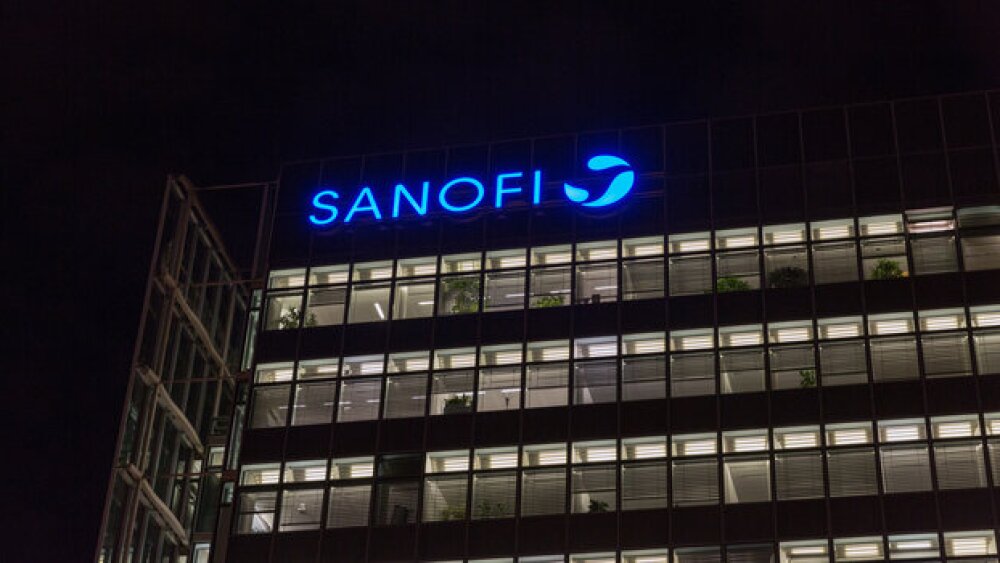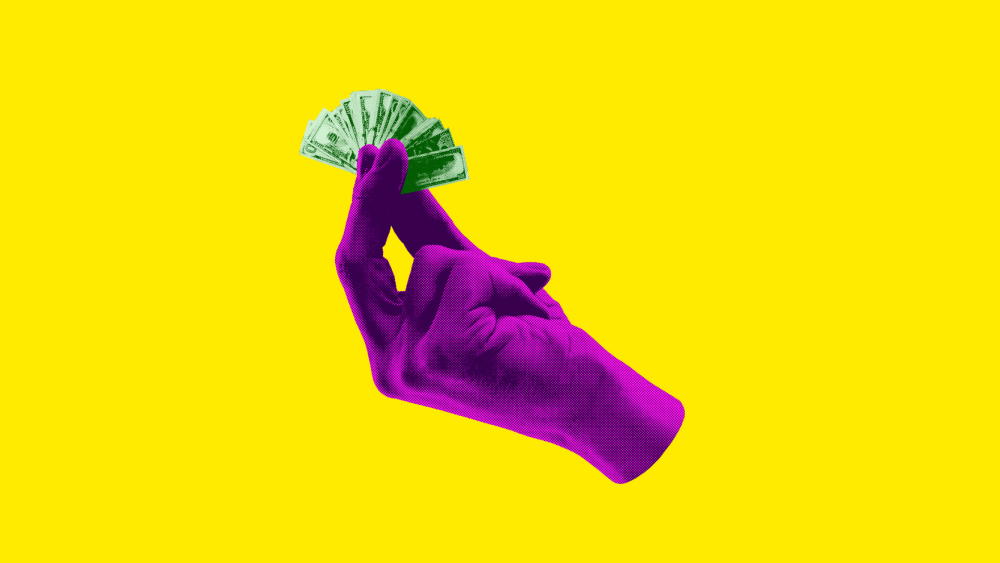Amgen’s Enbrel, Bristol Myers Squibb’s Eliquis and Johnson & Johnson’s Stelara will account for 51.4% of the Inflation Reduction Act’s drug price negotiation savings in 2026, according to the Brookings Institution.
More than half of the approximately $6 billion that the U.S. government expects to save as a result of the Inflation Reduction Act’s Medicare Drug Price Negotiation Program will come from just three drugs, according to a new report from the nonprofit public policy-focused Brookings Institution.
Amgen’s Enbrel (etanercept), Bristol Myers Squibb’s Eliquis (apixaban) and Johnson & Johnson’s Stelara (ustekinumab) will account for 51.4% of the total savings associated with Medicare’s negotiations, according to the think tank. In 2026—the first year that the new discounted prices will take effect—the federal government will save around $3.28 billion from these three drugs, the report found.
On average, the Inflation Reduction Act (IRA) reduced drug prices by 22%—net of the drugmakers’ rebates—according to the analysis. However, the negotiations had a markedly stronger effect on some medicines more than others due to varying pre-IRA rebates and competition.
“The estimates show that the government negotiations are especially significant for drugs where market forces were most limited and therefore had the least impact on producing price concessions,” Brookings wrote in its report, noting that “this was the intent of the policy design.”
For drugs that already had large rebates before the IRA, “the negotiations resulted in prices that were likely to be below the statutory ceiling price for those products,” according to the report, which explicitly named AstraZeneca’s Farxiga (dapagliflozin), Eli Lilly and Boehringer Ingelheim’s Jardiance (empagliflozin) and Merck’s Januvia (sitagliptin).
For Januvia, the IRA negotiations resulted in an increase of 18 percentage points in net manufacturer rebates.
At the same time, Brookings cautioned that its estimates were obtained using publicly available data. The think tank did not have access to actual rebate figures or non-federal manufacturer prices. Net prices of the negotiated drugs are also kept confidential.
Last week, after months of negotiations with drugmakers, the Biden administration announced the final maximum fair prices for the first 10 drugs that were subjected to the Medicare Drug Price Negotiation Program—and touted an estimated $6 billion in savings when the discounts take effect in 2026. In aggregate, according to the Department of Health and Human Services, the negotiations will also slash around $1.5 billion from Medicare beneficiaries’ out-of-pocket costs.
However, some analysts and stakeholders have questioned the true value of these savings, pointing out that many of the discounted drugs already sell for much lower than their list prices due to various market factors, including rebates.
Peter Rubin, executive director of nonprofit No Patient Left Behind, in a statement said that because the government’s figures use the drugs’ list prices instead of their actual market prices, “there’s still no guarantee that Medicare beneficiaries are going to see meaningfully lower prices at the pharmacy counter.”






